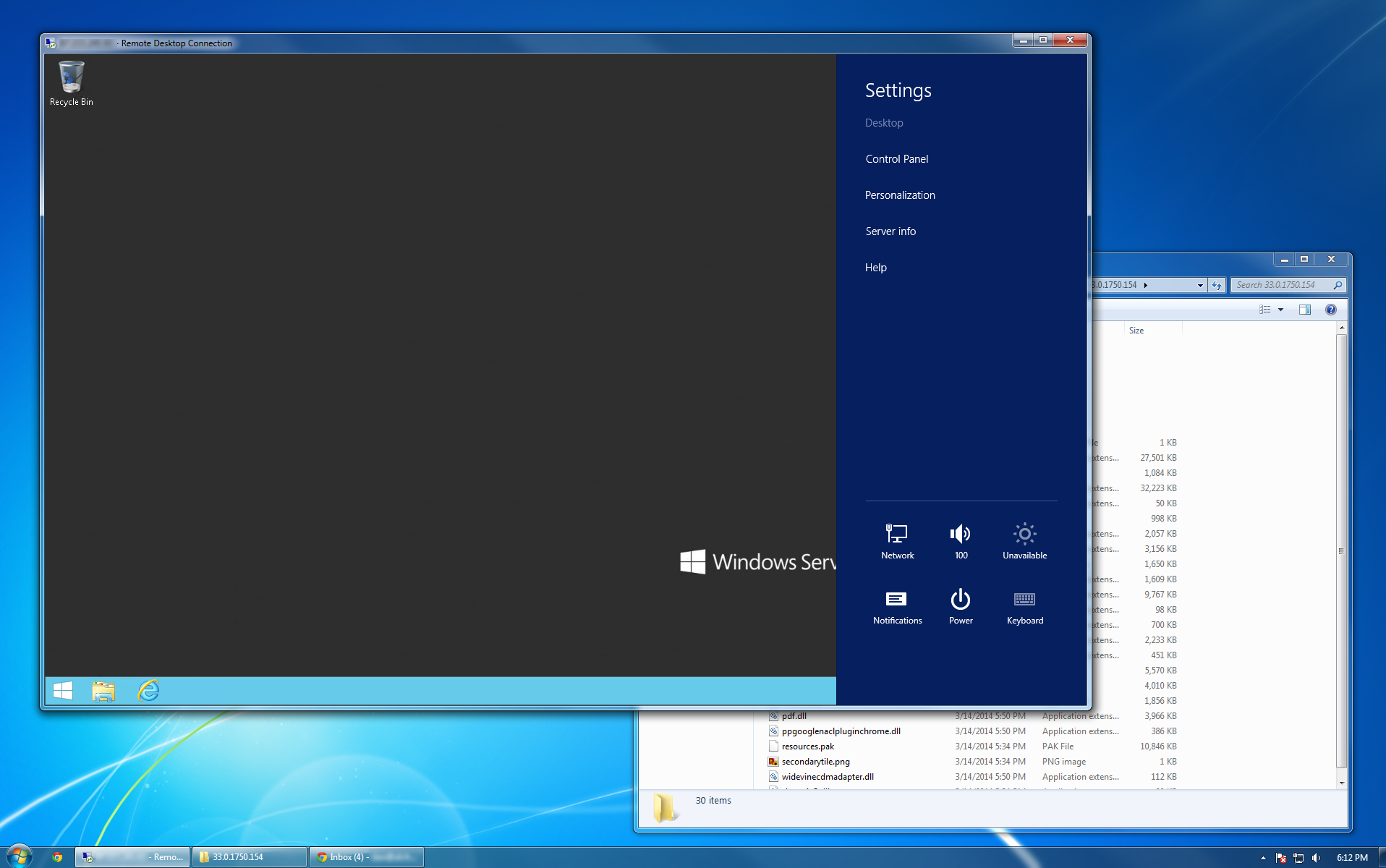Windows Erver 2008 Cheap
Microsoft has released a new edition of Windows Server 2008, Windows Server 2008 Foundation, which is a scaled down version of Windows Server 2008 designed for small organizations. The Foundation edition only has a subset of the Windows Server 2008 roles and features.This edition will only be available pre-installed on servers sold through OEMs. Foundation edition is basically an entry-level server—it's a cheap version of Windows Server 2008 aimed at servers running a Linux distribution.
Method #1: By using the Task Manager. In Windows Vista and Windows Server 2008, the Task Manager has been beefed up to show additional information about the system. One of these pieces of info is the server’s running time. Right-click on the Taskbar, and click Task Manager. You can also click CTRL+SHIFT+ESC to get to the Task Manager.
Microsoft has referred to it as a netbook-level OS for servers.Foundation has a limit of 15 users and is licensed on a per-user account basis. Surah taubah translation.
Upgrade Windows Server 2008 and Windows Server 2008 R2. 2 minutes to read.

Contributors.In this articleExtended support for Windows Server 2008 and Windows Server 2008 R2 is ending on January 14, 2020. There are two modernization paths available: On-premises upgrade, or migration by rehosting in Azure. If you rehost in Azure, you can migrate your existing Server images free of charge.On-premises upgradeIf you need to keep your servers on-premises, and you are running Windows Server 2008 or Windows Server 2008 R2, you will need to before you can. As you upgrade, you still have the option to migrate to Azure by rehosting.See, for more information about your on-premises upgrade options.If you are running Windows Server 2003, you will need to. See for more information about your on-premises upgrade options.
Windows Server 2008 R2 Price
Migrate to AzureYou can migrate your on-premises Windows Server 2008 and Windows Server 2008 R2 servers to Azure, where you can continue to run them on virtual machines. In Azure you’ll stay compliant, become more secure, and add cloud innovation to your work.